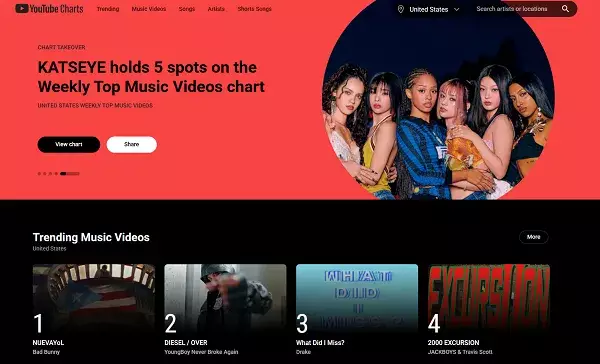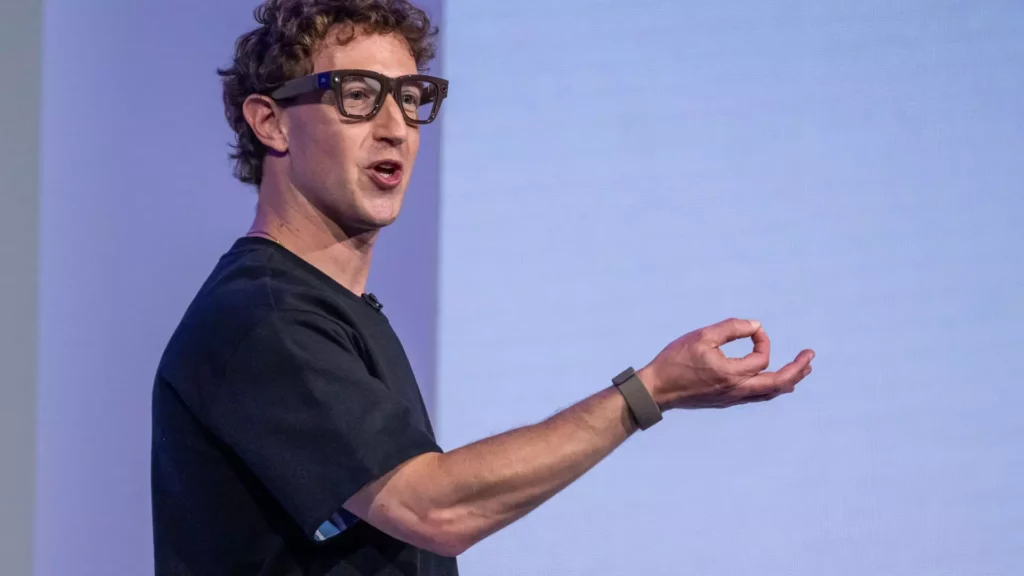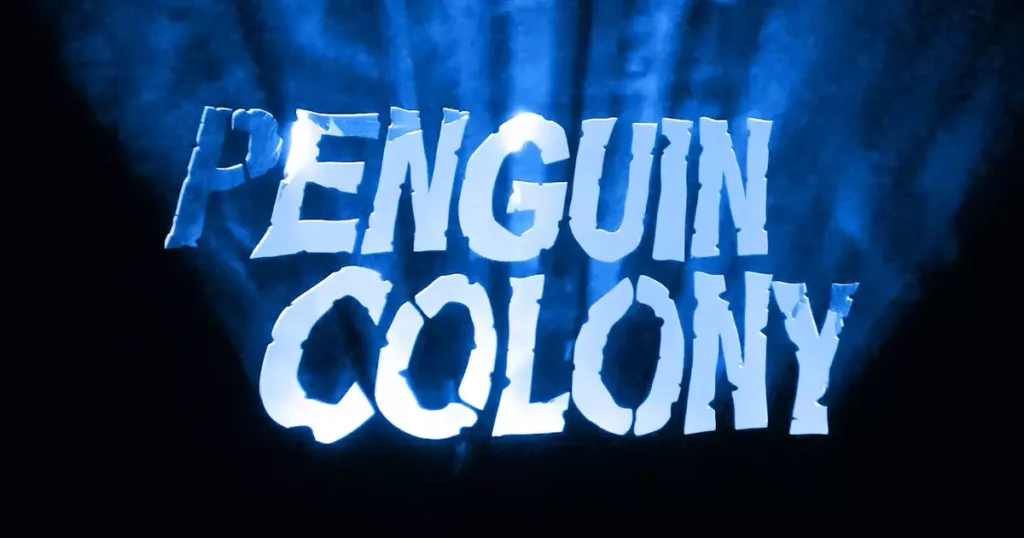In the relentless pursuit of relevance, YouTube’s decision to dismantle its once-iconic “Trending” lists marks a significant turning point in digital content ecosystems. For years, these trend sections served as the front porch of virality—highlighting what the platform’s algorithms deemed most popular at any given moment. Yet, in an era where audience attention is fractured into countless microcosms, the traditional approach has become increasingly obsolete. The move suggests a recognition that virality cannot be harnessed with broad strokes anymore; instead, it demands a refined understanding of how modern viewers seek content that aligns with their personal and community-driven interests.
This transformation highlights a critical flaw in the old paradigm: the “one-size-fits-all” trend list prioritized fleeting popularity over genuine engagement. In a landscape overwhelmed by content, viewers are no longer content with just the viral hit of the hour. They crave content that resonates with their unique tastes, social circles, and cultural niches. By abandoning generic trending sections, YouTube responds to this demand—not by abandoning discovery altogether but by redefining it through the lens of specificity and relevance.
The Rise of Category-Specific Content Ecosystems
The true innovation of this strategic shift lies in the introduction of granular, category-focused charts. Think of these as curated windows into distinct facets of the platform: music, podcasts, movies, gaming, and more. Instead of a sweeping “Trending” page, users now find themselves guided toward tailored content arenas that foster vibrant, sustainable communities. This approach recognizes that relevance is rooted not solely in what is most popular overall but in what is meaningful within a given niche.
By fostering micro-communities, YouTube pushes content discovery toward deeper engagement. Developers and creators in niche verticals—whether indie musicians, tech review channels, or niche gamers—stand to benefit most from this reorientation. It diminishes the noise faced in broader trend lists, allowing for a more meaningful connection between creators and their audiences. This isn’t merely an aesthetic upgrade; it’s a pragmatic response to how digital culture has fragmented into countless specialized fandoms.
Furthermore, the continued prominence of the Gaming Explore page signals that YouTube acknowledges certain categories can sustain themselves through collective enthusiasm and viral spikes. Gaming, arguably the platform’s most significant pillar, remains a case where communal trends still drive discovery effectively. Yet, even here, the emphasis on community-driven charts suggests a nuanced understanding: virality persists but within well-defined boundaries that nurture rather than overshadow organic growth.
Implications for Content Creators and Audiences
This shift carries profound consequences for creators. Those operating within niche markets may now find it easier to rise through the ranks, competing less with broad viral trends and more within dedicated, loyal audiences. Content quality and relevance become more impactful, encouraging creators to craft their work for specific communities rather than trying to catch the elusive wave of general virality.
For viewers, the experience transforms into a tailored journey rather than a barrage of random, often irrelevant, viral snippets. Instead of being subjected to overwhelming and often superficial content, audience members are guided into curated categories that mirror their interests. This not only preserves their time but fosters genuine engagement, which has been increasingly scarce in the age of short-term viral fame.
The platform’s algorithms—already sophisticated in their personalization—are further reinforced by this system. They no longer need to rely solely on broad trending metrics but can dynamically adapt to user preferences within niche categories, creating a more sustainable and trust-based discovery model. The focus shifts from fleeting popularity to long-term relevance, aligning with a more mature digital consumption philosophy.
Challenges and Future Perspectives
Despite its merits, this transition is not without pitfalls. A notable concern is the potential marginalization of emergent viral phenomena that do not initially fit into a specific category. Viral trends often originate as outside-the-box moments, spreading rapidly before becoming part of the mainstream. With the removal of these broad trending lists, such phenomena might struggle to gain the initial visibility necessary for organic growth or cultural impact.
This could, in some ways, entrench existing power structures within the creator community, favoring established niches and well-defined categories. New creators or novel content that doesn’t neatly fit into predefined segments risk remaining under the radar—a trade-off for the increased depth and quality of discovery within existing categories.
Nevertheless, this approach could catalyze a more stable, community-oriented content environment. It signals a move away from superficial popularity contests towards sustainable ecosystems where authenticity and community engagement reign supreme. For the center-right wing liberalism perspective, this aligns with the belief that fostering genuine local and niche identities contributes positively to the broader social fabric, countering the monoculture of viral fame.
A New Era of Content Politics
YouTube’s bold move signifies a broader philosophical stance: that digital platforms must adapt to the behavioral realities of today’s audiences. The platform’s focus on relevance and personalization underscores a future where content discovery isn’t dictated by fleeting viral waves but by meaningful engagement rooted in community interests. This evolution, while challenging for some, offers the promise of a more balanced, authentic, and sustainable online environment.
Ultimately, the platform’s transition suggests an acceptance that virality, while captivating, is often a transient illusion. Instead, the future belongs to communities that grow around shared passions, credible creators who understand their audiences, and curated spaces that value quality over quantity. By disassembling the old “Trending” paradigm, YouTube might be laying the groundwork for a more resilient and purpose-driven digital culture—one where relevance and community trump ephemeral fame.









Leave a Reply